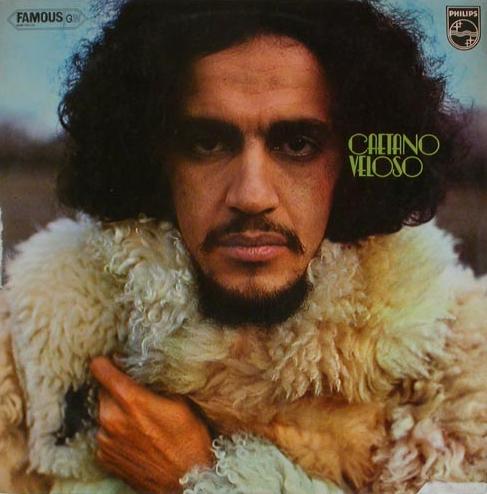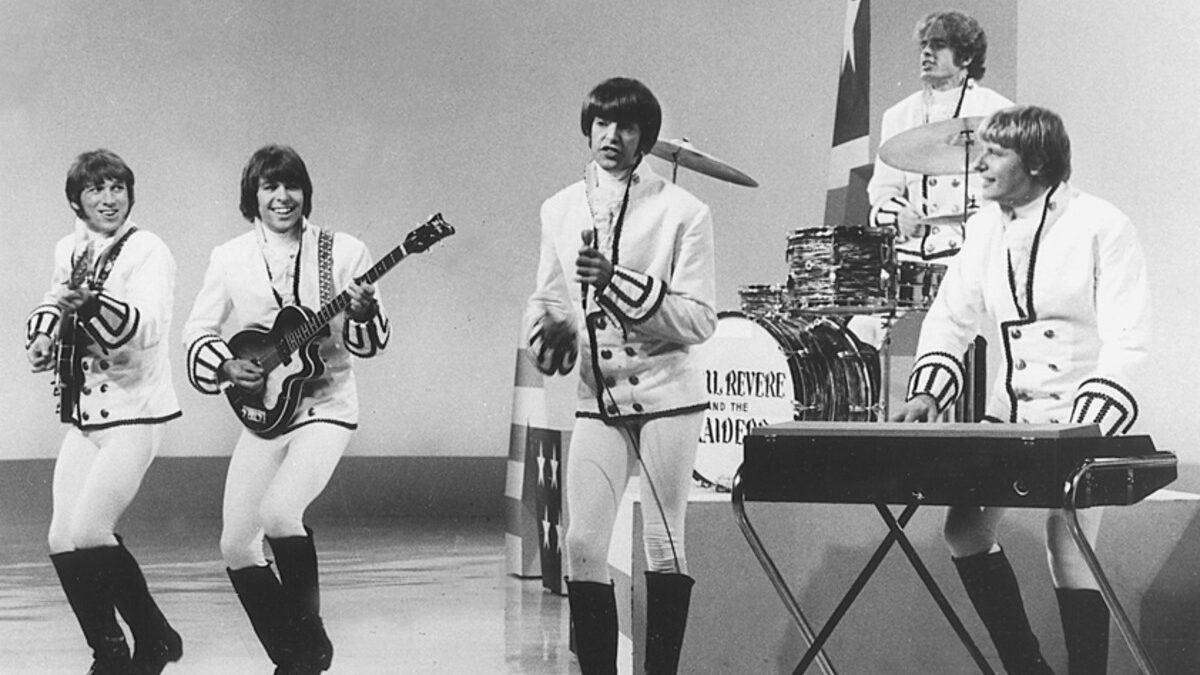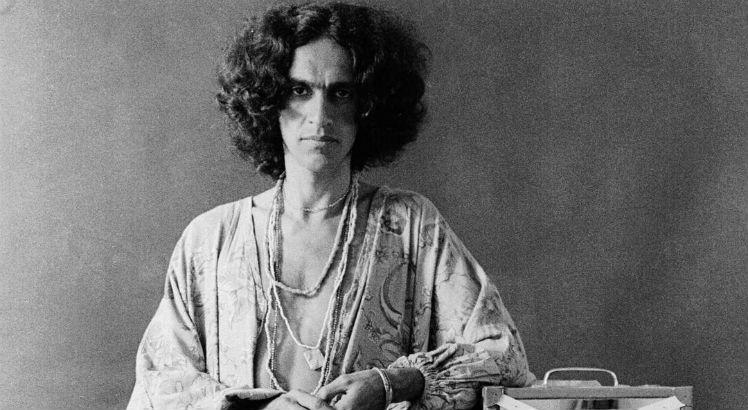
“Freedom of expression” remains a nebulous concept for those who have never actually lacked it – much to the frustration of those who have. Caetano Veloso’s self-titled 1971 album – a.k.a. “A Little More Blue” – is the work of a man who understood both the challenges and consequences of dissent. It was a rare showing of vulnerability from an artist who had made his name on provocation.
There’s a scene in Jorge Mautner’s 1972 experimental film, O Demiurgo, in which Mautner’s Mephistopheles meets the title character on a hilltop. An offer is made to Demiurgo – played by Caetano Veloso – to alleviate the sadness caused by his feelings of “nostalgia” – a cure that could only come through the restoration of the youthful sense of innocence. Demiurgo is hesitant about the prospects of this sudden proposition – perhaps because of its source, and perhaps because of its effect.
By 1971, Caetano Veloso was – in many ways – a shadow of the man he had been just three years before, when he, Gilberto Gil, Gal Costa, and Os Mutantes had inaugurated the brazen Tropicália movement. Running afoul of Brazil’s military dictatorship, Veloso and Gil had been forced into exile in Britain – a world away from their homes, extended families, and the musical scene that they had turned on its head over the course of a dizzyingly creative (and controversial) year.
Veloso, in particular, was miserable in Britain. Though he would comment – both in interviews and in the music that he recorded there – about the freedom of expression and movement that he had in England, he felt isolated, insecure, and deeply depressed. Despite this, Veloso’s three years away from Brazil would ultimately produce two of the finest records in his catalog: 1971’s Caetano Veloso (aka A Little More Blue) and 1972’s Transa.
With 1969’s post-Tropicália release, Caetano Veloso (aka Álbum Branco), Veloso was forced to take a step back from the technicolor psychedelia of his self-titled 1968 LP (aka Tropicália). A Little More Blue would lean even further into a minimalist sound – one that only heightened the already-strong sense of isolation that was present in Veloso’s latest batch of songs. While the uncredited backing musicians help to add welcome shades of instrumental variety, the album never strays from its intense focus on Caetano Veloso: The Singer-Songwriter.
Veloso penned six of A Little More Blue‘s seven songs. Though written in English, his non-native language, only rarely do they come off as anything less than highly personal. The album’s melancholy tone is immediately established in the opening title-track – easily the most revealingly autobiographical song in his catalog to date. It begins:
One day I had to leave my country
Calm beach and palm tree…
That day I couldn’t even cry
And I forgot that outside there would be other men
But today, but today, but today, I don’t know why
I feel a little more blue than then
This same sentiment is later applied to the day of Veloso’s arrest at the hands of Brazilian military police, and again, in a poignant verse in which he vividly recalls a childhood memory upon the passing of Carmen Miranda – Brazil’s first “cultural ambassador” to the United States. Thousands of miles from home, in “a place where it just rained,” Caetano Veloso was brokenhearted, but he had also tapped into deeper realms of artistic expression than ever before.
The next track, “London, London,” is more emotionally complicated. While on the surface it appears to be an ode to Veloso’s new adopted home – he even goes so far as to praise a police officer, and the peacefulness with which he interacts with the passing crowds – he can’t help but note the city’s omnipresent sense of loneliness, and the malaise he feels while wandering with “nowhere to go.”
The album’s centerpiece, and perhaps its greatest moment, comes with “Maria Bethânia.” Addressed to Veloso’s sister – a successful singer-songwriter in her own right – the track is more than just a plea for connection to family and home. In it, his strongest desire is “to know things are getting better”: for his people, his country, and his own prospects of returning someday. Adorned by an impressive string arrangement from Phil Ryan – which apparently included the same string quartet used by The Beatles in “Eleanor Rigby” – the song is as stirring musically as it is lyrically.
Tellingly, it is A Little More Blue‘s final track that is the only one sung in Veloso’s native Portuguese. Written in 1947 by Luiz Gonzaga and Humberto Teixeira, “Asa Branca” is the story of a man forced to leave his home and lover – not for political reasons, but as the result of a drought that killed his herd of cattle. In it, Veloso sings (translated):
Today, far away, many leagues
In this sad loneliness
I wait for the rain to fall again
For me to go back to my backlands
By the song’s final lines, the protagonist has made a vow to his lover to return home, knowing full well that it is a promise entirely dependent upon factors far beyond his control.
In a gripping 1972 appearance on the French television program, Discorama (filmed near the end of his exile), Veloso performed “Asa Branca” alone on an acoustic guitar – an instrument that he had only been first permitted to record himself playing on A Little More Blue. In it, all of his talents, insecurities, and sorrows are palpable – laid bare for the audience to witness.
In stark contrast, four years prior, Veloso and Os Mutantes had been excoriated by an angry crowd of young Brazilian leftists as they played his searing new protest song, “É Proibido Proibir” (“It is Forbidden to Forbid”). After turning their backs to the audience, facing a torrent of debris, deliberately performing out of tune, and condemning the students for their conservative views on pop music, Veloso, Gil, and the members of Os Mutantes walked offstage, arm-in-arm.
It was only after having been stripped first of his freedom, and then of his homeland, that Caetano Veloso dared show his vulnerability. However, in that act of unabashed humanness, he would make his greatest artistic statement yet.




